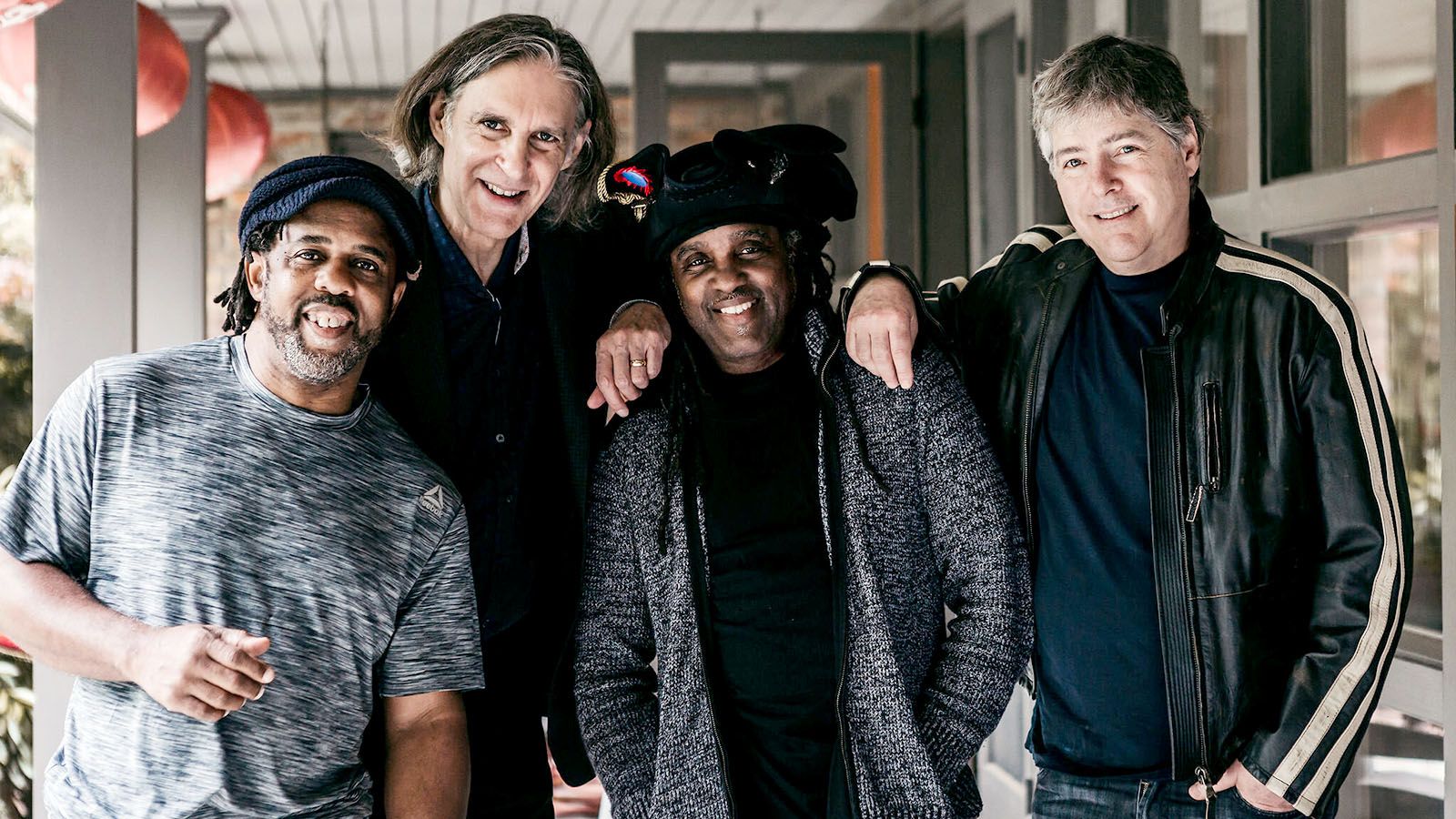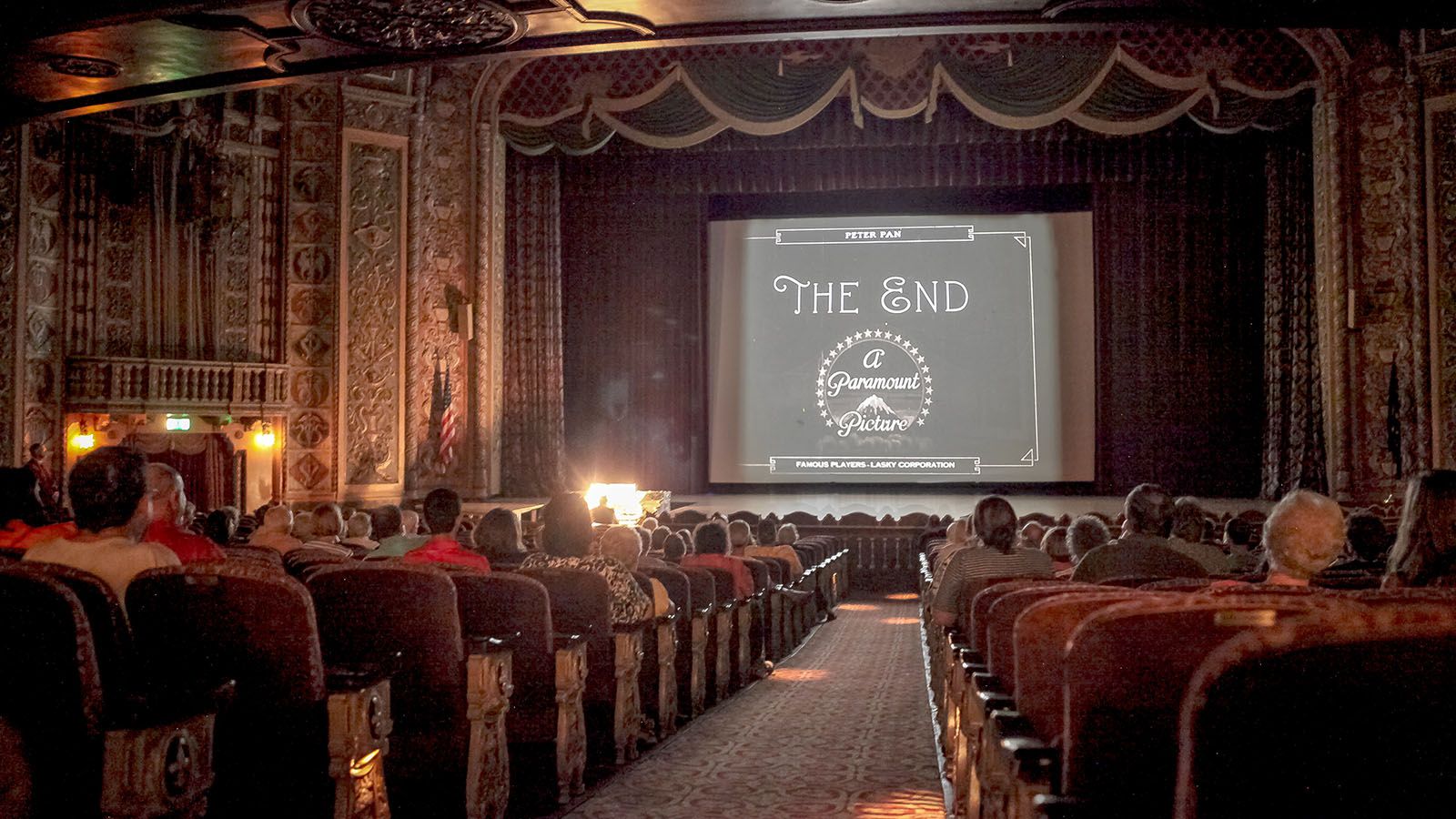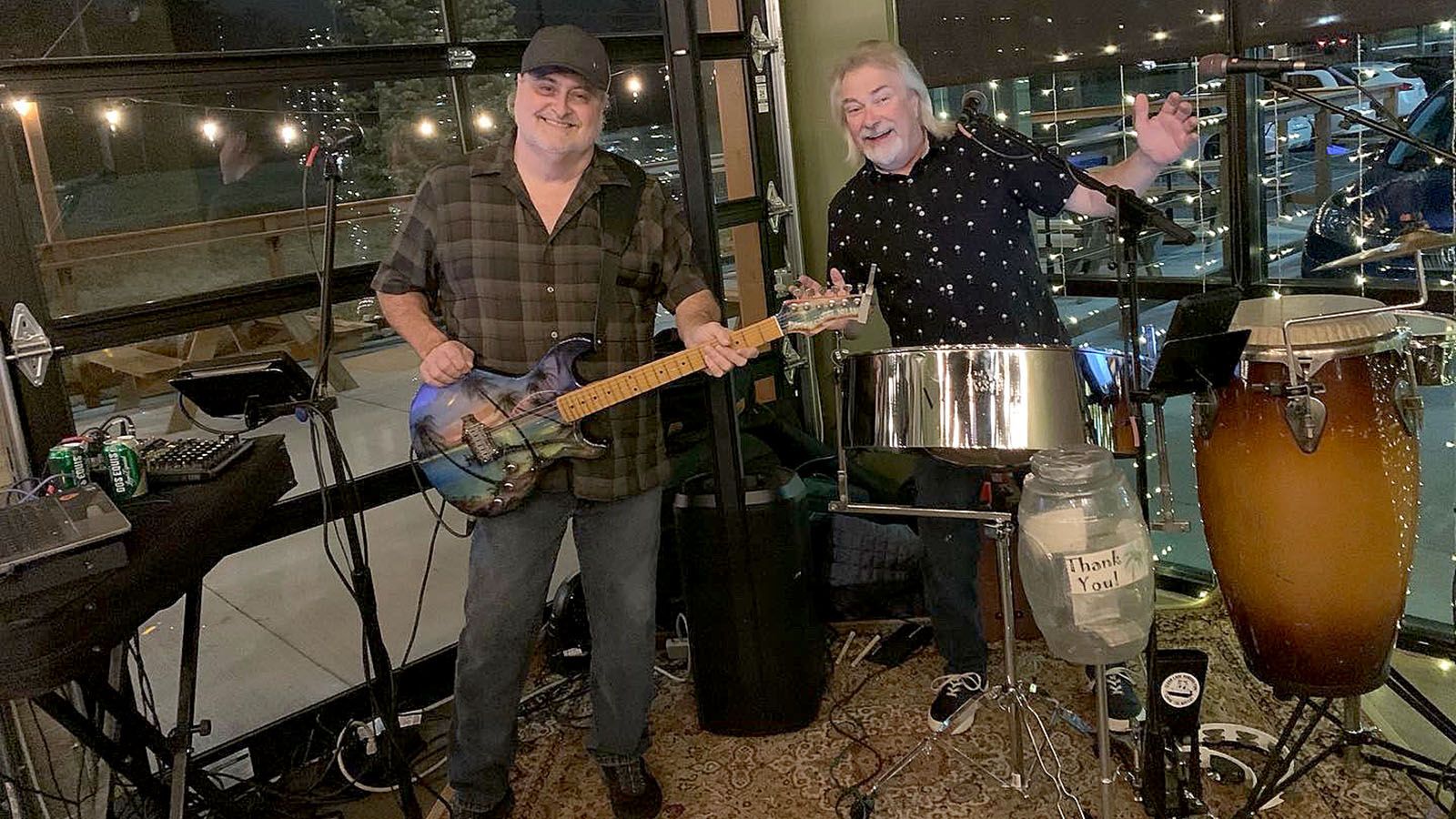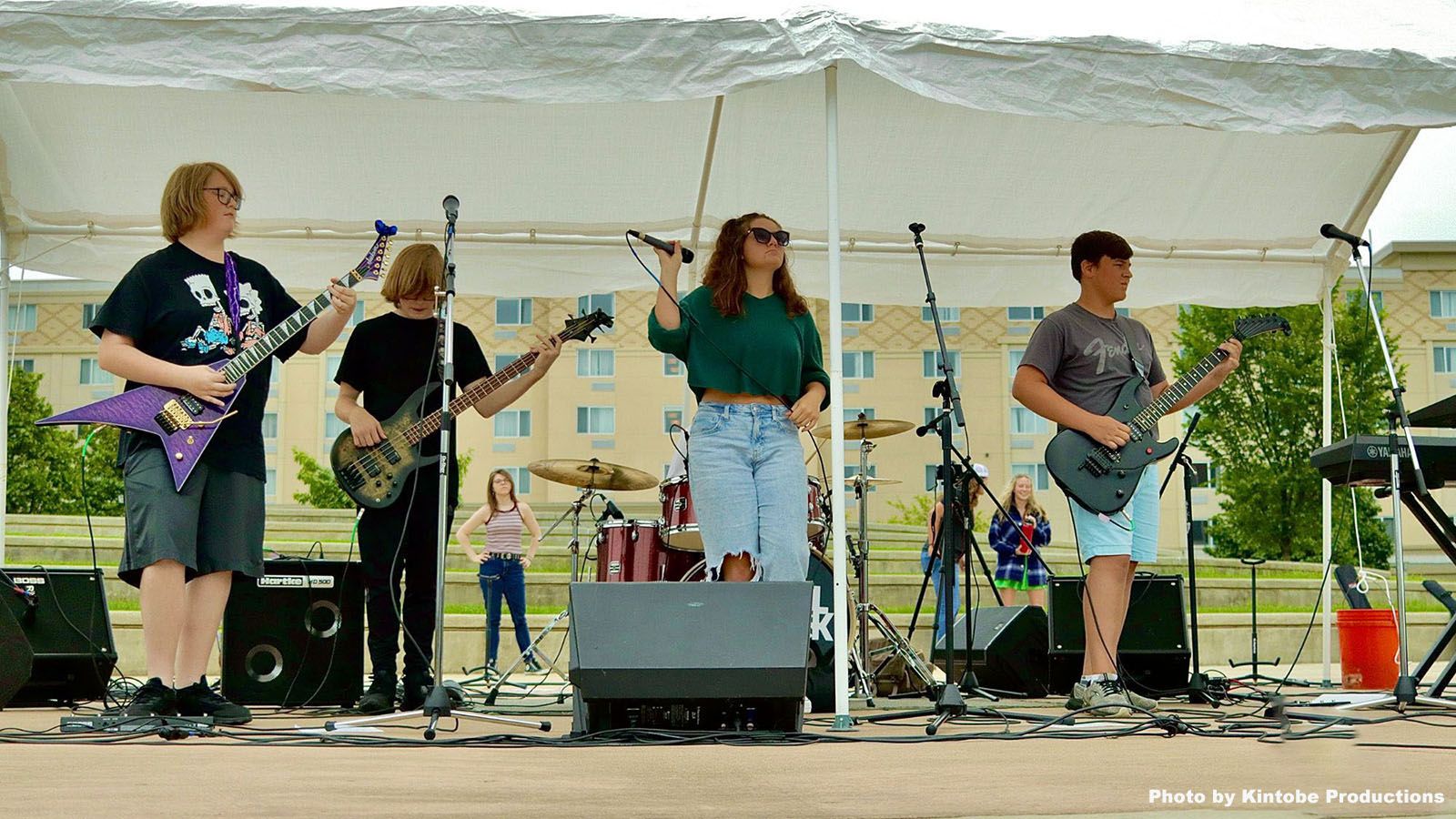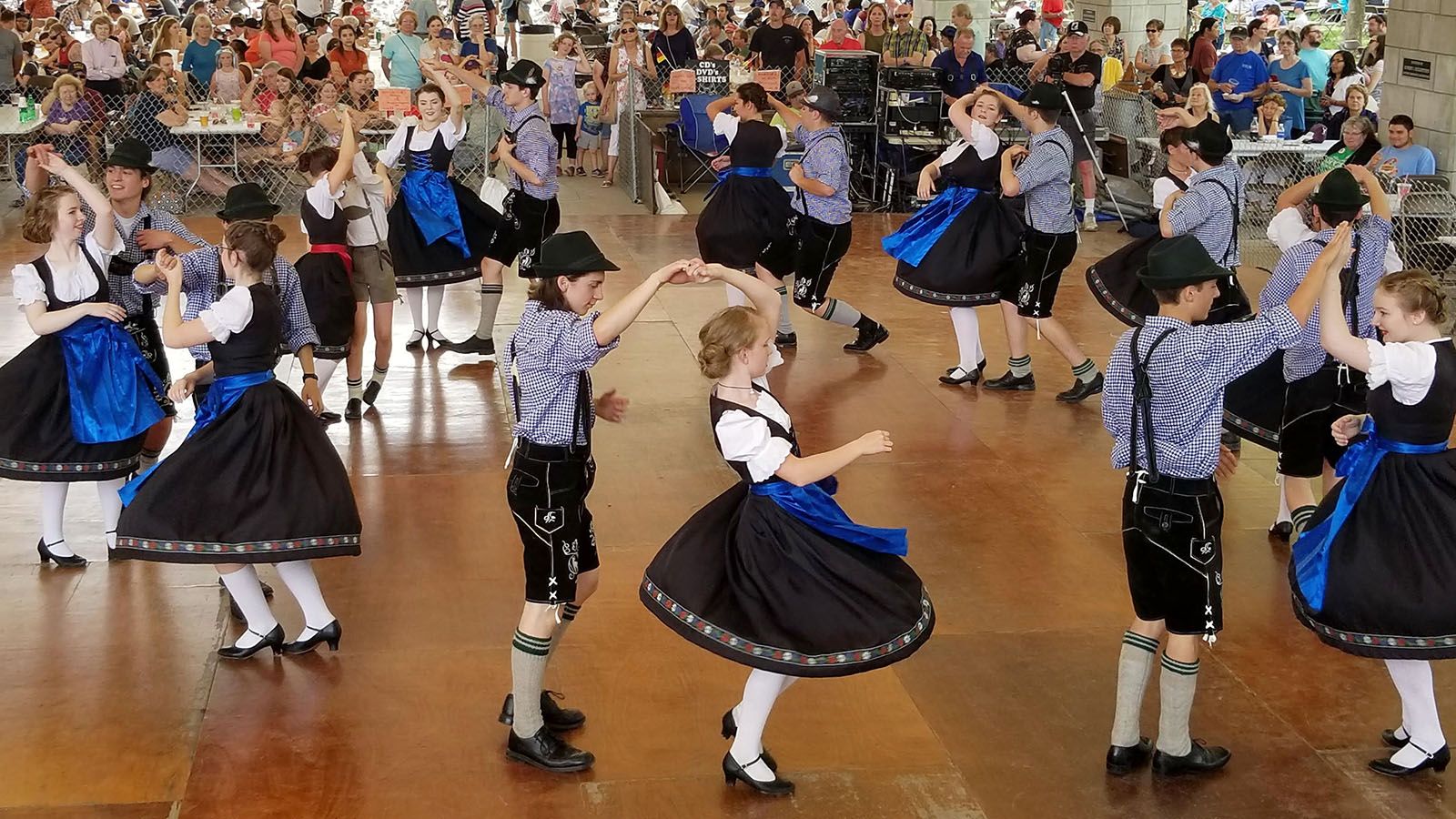How can we describe one of the most unusual musical groups you’ll ever see?
What you’ll see when the original lineup of Bela Fleck & The Flecktones visit The Clyde Theatre on Saturday, June 10, is tough to put into words, but here goes.
Looking for new sound
In 1988, 30-year-old maverick banjo player Béla Fleck was at the top of the bluegrass world. He was determined to “take the banjo to galaxies unknown” as his collaborator Victor Wooten would later put it.
Evolving from the 19th-century Scotch-Irish Appalachian folk music called old-time string-band music, bluegrass came into being in the World War II era through its godfather, mandolinist Bill Monroe. By the early 1970s, a new generation of pickers with a decidedly hippie outlook, led by mandolinist Sam Bush and his band New Grass Revival, were pushing the boundaries.
Totally lacking any Appalachian working-class pedigree, Fleck grew up in New York and broke out in Boston in the late ’70s. In 1981, Bush invited him into the second lineup of New Grass Revival. These virtuosos were a country-song-oriented vocal band known for tightly composed songs. Their main concession to tradition was that they didn’t use drums.
In 1988, as the band was winding down, Fleck, now in Nashville, Tennessee, was itching to create a new sound open to all the progressive elements he could shoehorn into it. He wanted his own band of truly unique players. It would be strictly instrumental with longer pieces and extended improvisation, crossing over into jazz and funk, and featuring drums. He commissioned an electric banjo he could sonically treat like a rock guitar and went looking for the most unusual non-bluegrass players he could find.
Forming the band
Fleck recruited Howard Levy, a classically trained keyboardist who had 20 years before developed an incredible facility on the harmonica. Now, your basic harmonica plays only the seven diatonic notes in one key, not all 12 chromatic notes found on other instruments.
A blues player carries a suitcase of harmonicas tuned to different keys and switches among them for each song. Levy, however, invented a technique where he could overblow and bend the pitches to get all 12 notes out of a standard seven-note harmonica, enabling his melodies to go anywhere that jazz or classical music required. Nobody else could play that way.
The two members that completed the Flecktones were brothers from a family band that put out a single R&B album in the mid-80s which went nowhere.
Bass guitarist Victor Wooten was eking out a living playing restrained backup for singers in Nashville clubs. He could slay audiences with devastating, rapid-fire funk: slapping, arpeggiated chord progressions, tapping, harmonics, every trick known to bass players and then some. He developed an original up-and-down-picking technique using his thumb. What blew Fleck away is that Victor could play three-fingered banjo rolls on his bass. Much shredding would ensue.
Rounding it out was percussionist Roy “Future Man” Wooten. He had invented his own electronic instrument by gluing small trigger pads onto a guitar-shaped synthesizer, connecting cables to drum machines that he played live by tapping on the triggers with his fingertips.
Solo projects
Béla Fleck & The Flecktones released their self-titled debut album in 1990. On the tail end of the jazz fusion and new-age movement, the band rapidly built a following, blasting through boundaries, categories, and genres. They played Jay Leno’s Tonight Show and The Arsenio Hall Show, opened for the band Chicago, and blew away every jazz festival crowd they got in front of.
The quartet lasted for a three-album run until Levy left in 1992. The Flecktones continued as a banjo power trio for a few albums and then added a saxophone player. Levy would return for their 10th studio album in 2011. They won four Grammy awards along the way.
The Flecktones, it turns out, were a springboard for the members to go off into other projects, particularly Fleck and Victor Wooten.
Fleck spun out a prolific career not only guesting with jazz players but also classical musicians like bassist Edgar Meyer and Indian tabla player Zakir Hussain. He composed orchestral music, including ground-breaking concertos. Of course he was drawn back to acoustic bluegrass. He married singer and banjo phenomenon Abigail Washburn, forming a duet in life and art that could well be the founding of a dynasty.
Victor Wooten quickly became established as a musician’s musician virtuoso, praised by famous players before him, such as the great Marcus Miller, Stanley Clarke, and Bootsy Collins. He’s put out a string of solo albums and collaborations with innovative bassists like fretless jazzer Steve Bailey and rapper Divinity Roxx, but his life’s work is teaching. He travels the country and the world, always coming back to his Bass Nature Camp every summer where students from all over the country convene to study and jam. Whenever the schedule permits, he tours with his siblings as the Wooten Brothers.
Flecktones reunions are rare and brief. Don’t miss this opportunity to hear some amazing music that words just can’t describe, played by an unlikely collection of misfits who ever locked into the tightest ensemble you’ve ever heard.
“The band is a creative idealistic project, one that somehow connects with people in a profound way,” Fleck has said. “Nothing about any of that has changed in over 30 years. The Flecktones are touring for the sheer love of playing and celebrating our friendship.”
 Submit Your Event
Submit Your Event